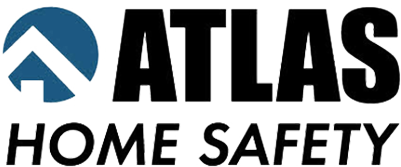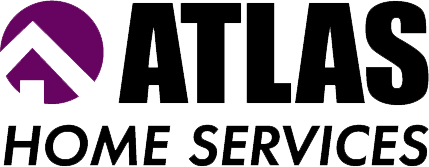Financial Assistance for Home Modifications
- There are 4 types of assistance for home modifications: financial loans, grants, labor, and equipment loans.
- Fortunately, there are many sources of assistance for making modifications to one’s home to accommodate elderly and/or disabled persons. Prior to discussing these, it is helpful to distinguish between the types of assistance that is available.
- Low Interest Loans – Some organizations, mainly governmental, offer low interest loans for home modifications or guarantee loans so that banks are less restrictive with their lending requirements. These are loans and, therefore, need to be paid back.
- Home Improvement Grants – These grants are typically one-time, available for a specific home modification purpose, and do not need to be repaid.
- Equipment Loans – Some organizations make free, long-term loans of home modification materials. As an example, a portable wheelchair ramp that does not need to be returned until the borrower moves from their home or no longer requires use of it.
Medicare’s / Medicare Advantage Benefits for Home Modifications
Most people immediately think of Original Medicare as a potential source of financial assistance. Unfortunately, Original Medicare typically does not pay for the cost of home modifications. However, there are some exceptions to this rule. Medicare may pay for assistive technology devices that are part of the modification process provided they are required for medical reasons and prescribed by a doctor.
One might also receive assistance from Medicare in determining what home modifications are medically required. Medicare Part B will pay for an occupational therapist to evaluate a home and determine what changes are required. In fact, in 2018, Medicare lifted the caps on occupational therapy. Finally, in some rare instances, Medicare will pay for bathroom modifications. However, to be clear, the vast majority of home modifications for the elderly are not paid for by Original Medicare. If assistance is provided, it will be for the hardware associated with the modification, not for the construction component.
What is the affordability of Home Accessibility/Mobility Solutions & Modifications vs. relocating to Assisted or Senior Living Facilities?
The cost of the addition of a lift, ramp or elevator, or modifications to the bathroom are much more affordable than moving into a nursing facility or assisted living. Below is a breakdown of the average yearly costs of moving into a nursing or senior living facility, vs. the purchase of an accessibility solution.
The cost of long-term care depends on the type and duration of care you need, the provider you use, and where you live. Costs can be affected by certain factors, such as:
- Time of day. Home health and home care services, provided in two-to-four-hour blocks of time referred to as “visits,” are generally more expensive in the evening, on weekends, and on holidays
- Extra charges for services provided beyond the basic room, food and housekeeping charges at facilities, although some may have “all inclusive” fees.
- Variable rates in some community programs, such as adult day service, are provided at a per-day rate, but can be more based on extra events and activities.
SOLUTION |
Nursing Facility |
Assisted Living |
Stair Lifts |
Ramps |
Wheelchair Lifts |
Residential Elevator |
Bathroom Modifications |
AVERAGE COSTS |
$94,000/Yr. |
$47,000/Yr. |
$4,000-$18,000 |
$4,000-$6,000 |
$7,500-$13,000 |
$30,000-$60,000 |
$5,000-$13,000 |




